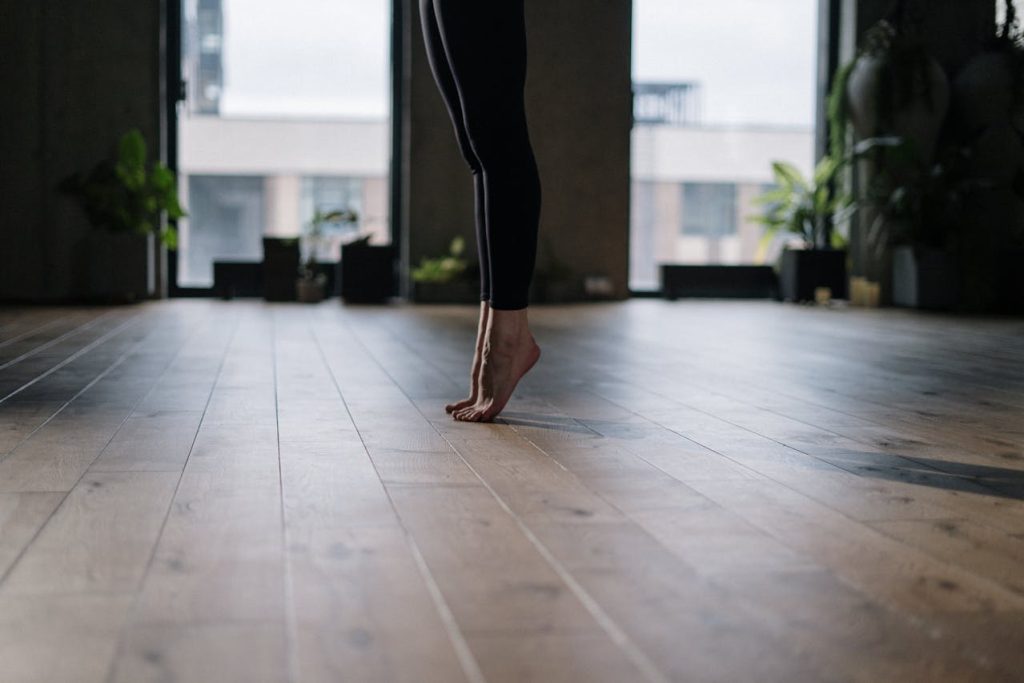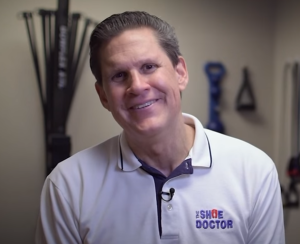Heel spurs are a common foot ailment that can cause pain and discomfort. If you are suffering from heel spurs, you may be wondering what you can do to alleviate the pain. In this article, we will discuss 5 secrets that you may not have known about heel spurs. Read on.
Things You Didn’t Know About Heel Spurs
Heel spurs are small bony outgrowths that can form on the heel bone. Although they are often harmless, they can be painful and cause problems when walking or standing.
Here are five things you didn’t know about heel spurs:
1. Heel Spurs don’t always cause pain.
Many people with heel spurs don’t have any pain at all. You may not even know you have a heel spur unless your doctor tells you during an X-ray or MRI. However, just because you don’t have pain doesn’t mean the spur isn’t there. If you do have pain, it is usually because the spur is rubbing against a tendon or other soft tissue in your foot. The pain is often worse when you walk or stand for long periods.
You might also feel pain when stretching your foot or wearing shoes that rub against the spur. Heel spurs can also cause plantar fasciitis, which is inflammation of the band of tissue that runs from your heel to your toes. This can be a very painful condition, especially first thing in the morning when you step out of bed. So just because you have heel spurs doesn’t mean you will necessarily have pain.
2. Heel Spurs can occur in different locations.
While the most common location for heel spurs is under the heel bone, they can also occur along the arch of the foot or even in the Achilles tendon. In some cases, multiple spur formations may be present in different areas of the foot. So if you’ve been diagnosed with heel spurs, don’t assume that all of your pain is coming from one specific spot.
It’s important to consult with a doctor or podiatrist to determine the source of your pain and develop a treatment plan that addresses all of your problem areas. Heel spurs are often associated with other conditions like plantar fasciitis, and Achilles tendonitis. So again, it’s important to get a full diagnosis from a medical professional before beginning any treatment.
3. Heel spurs and weight issues.
Heel spurs can be caused by excess weight on the feet. This is why people who are overweight or obese are more likely to suffer from heel spurs. Excess weight puts extra pressure on the heels, which can lead to the development of heel spurs. If you are overweight or obese, try to lose weight gradually.
Losing weight too quickly can make your heel spur worse. Try to eat a healthy diet and exercise regularly to help you lose weight safely and effectively. Losing weight may not get rid of your heel spur completely, but it will certainly help reduce pain and improve your overall health.
4. Heel spurs are more likely to occur in women.
While heel spurs can occur in both men and women, they are more common in women. This is because women tend to wear shoes that are not supportive enough and put extra strain on the heels. Wearing high heels can also contribute to the development of heel spurs.
If you are a woman who is suffering from heel pain, it is important to see a doctor and get the proper diagnosis and treatment. Heel spurs can be treated with simple home remedies or with surgery, depending on the severity of the condition.
5. Heel Spurs can lead to morning heel pain.
Heel spurs are often associated with morning heel pain. This is because the spur itself can press against the soft tissue in your heel, causing pain. The good news is that this pain is usually temporary and goes away once you start moving around. However, if the spur continues to press on the soft tissue, it can cause more permanent damage and pain. If you experience morning heel pain, be sure to see a doctor and find out if you have a heel spur.
Despite being one of the most common foot problems, heel spurs are still shrouded in mystery for many people. In this post, we’ve revealed five secrets you may not have known about heel spurs. If you want to learn more about heel spurs and how to prevent them from causing long-term damage, call us today. Our team of experts can provide you with the information and resources you need to keep your feet healthy and happy.
Remember, The 3 Arches of Your Feet Still Need Support!
Maybe you have already felt the first symptoms of balance disorders or you want to prevent them from appearing in the first place. Consider getting a foot orthotic device or simply take care of your feet. Start by washing them thoroughly with a gentle soap whenever you take a shower. Being a very complex support system, your feet are your first line of defense against balance-related issues, since their arches provide you with the stability you need in your daily life. It’s time to put your foot down and push back against balance issues. With both feet on the ground, dedicate yourself to keeping them comfortable and healthy. Give us a call and we will scan your feet to make you custom orthotic inserts.
The Shoe Doctor has specialized in providing custom orthotics for 20 years. The right orthotic insoles can greatly reduce foot, knee and hip pain while increasing performance and comfort. Russell at The Shoe Doctor will help educate and assist you in finding the perfect solution for your particular situation. We will create a 3D map of your feet and make custom orthotics for your hiking boots, everyday shoes, and everything else in between. These orthotics, along with our expert advice, will get you using orthotics like a pro, and have you performing at the peak of your abilities in no time! If you are in the San Francisco Bay Area, give The Shoe Doctor a call to get the best custom orthotics in the area! We are here to assist you, schedule your free consultation here!


